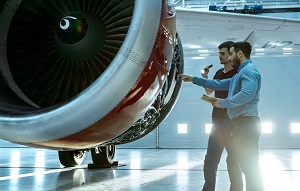
The Bachelor of Science in Aerospace Technology Management is designed to prepare graduates for a variety of professional and technical roles across an aerospace product’s life cycle. Skills in aerospace technology management will be learned and applied to air and space vehicle sustainability systems, certification and reliability management, customer management, project management, process improvement, aftermarket services, business development, manufacturing, inspection programs, and safety management systems, and a variety of other areas.
The program will provide a completion degree for students who possess the Airframe and Powerplant ratings of the FAA issued Maintenance Technician Certificate defined by FAR Part 65 or possess a license as an Aircraft Maintenance Engineer (Cat B1) issued under EASA Part 66 regulations.
This program does not provide initial Airframe & Powerplant training.
A Bachelor degree opens doors to leadership, management, other technical roles that leverage an A&P certificate as an in-demand professional credential, which translates into higher pay.
Over the next 20 years, Boeing projects a worldwide demand for new aviation technicians of 745,000 and 189,000 in North America alone. It is estimated that this will equate to approximately 37,000 skilled, degreed managers worldwide with approximately 9,500 in North America.
For the A&P certificate required for program entry, students can earn 45 transfer credits and an additional 15 credits for a corresponding Associate Degree.
Value
Compare UVU’s tuition costs to those of competing programs. Both traditional and online students will receive a quality education at a competitive price.
With traditional, hybrid, and online course options available, students can tailor their educational experience around life demands and busy schedules.
With aerospace companies operating in virtually every state in the nation (and all over the globe), students can seek work opportunities in a variety of their preferred locations.
Graduates can pursue a variety of career pathways within an aerospace industry sector of their interest. These include, but are not limited to:
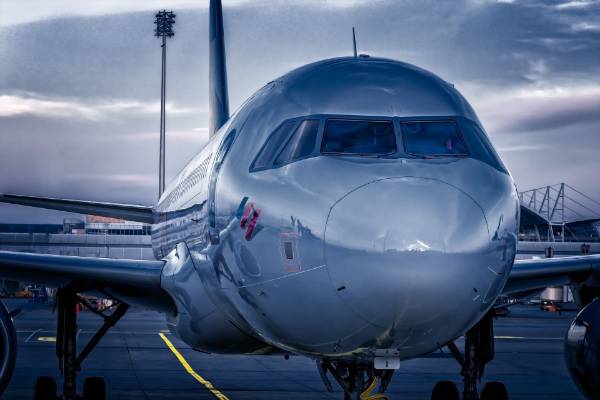
Air Carriers
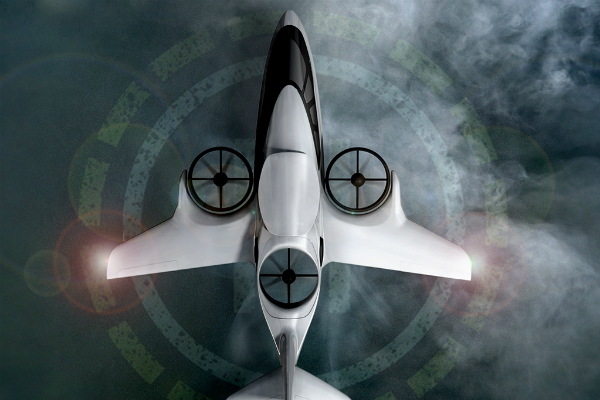
UAM & eVTOL

Business Aviation
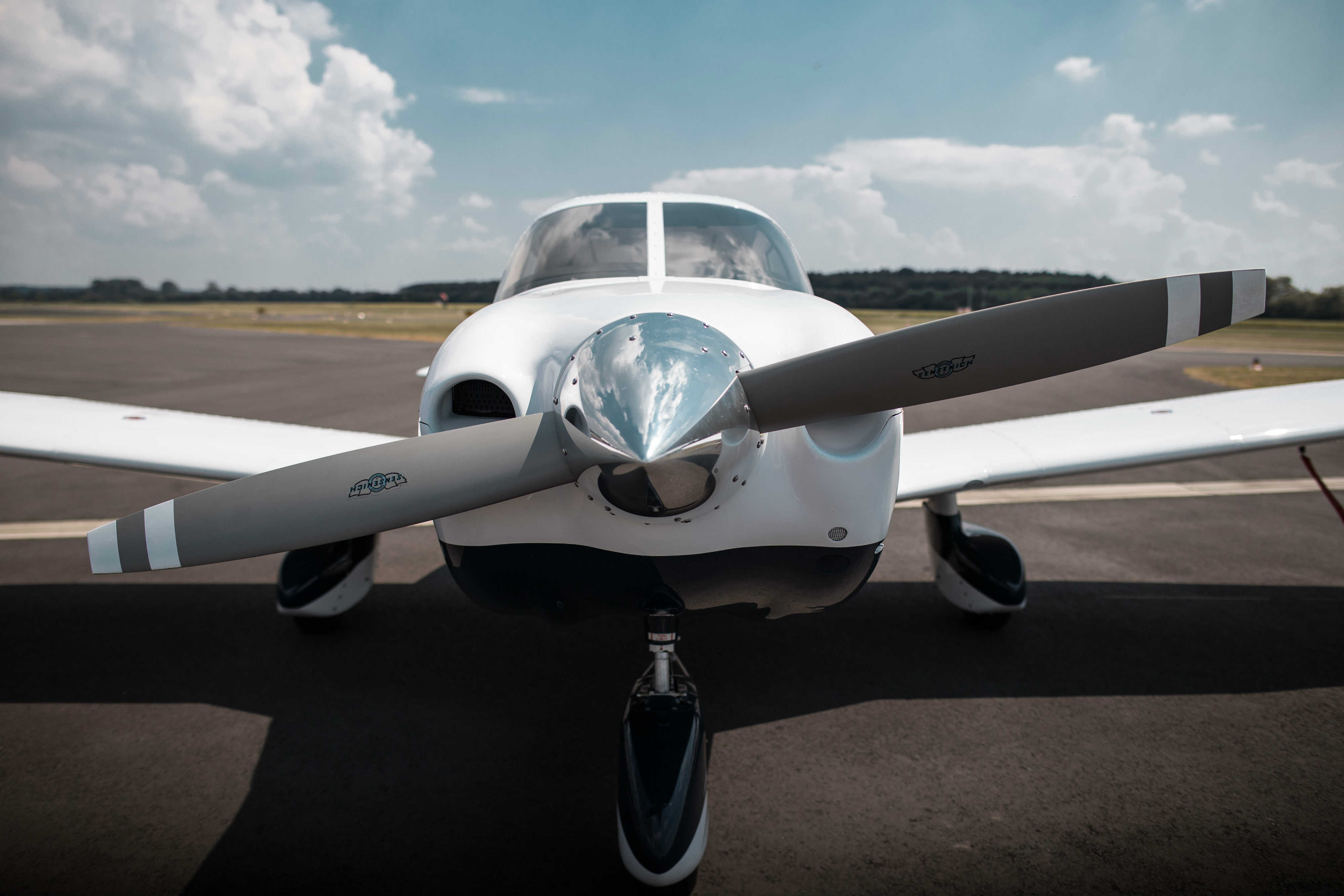
General Aviation

Defense
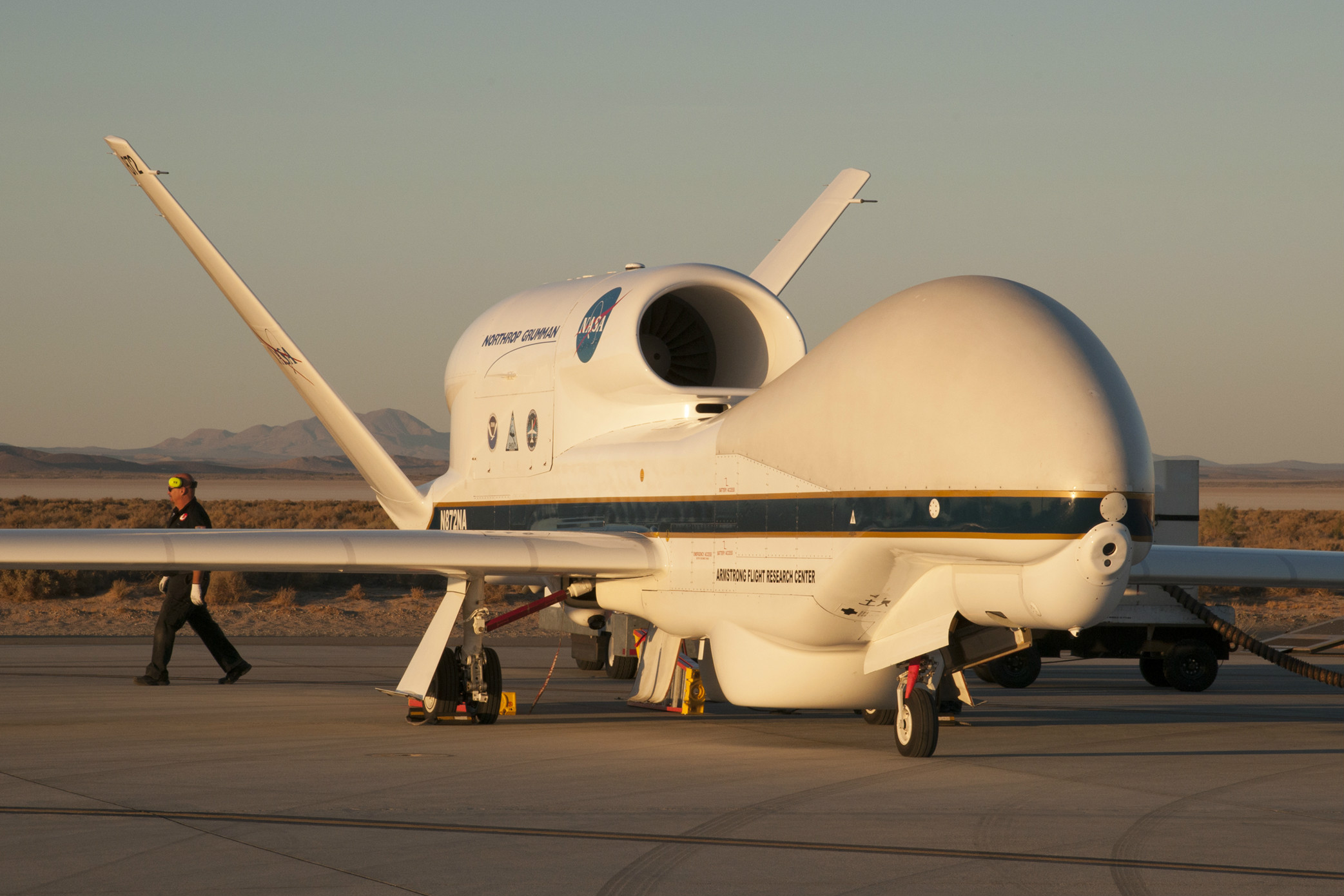
Unmanned Aerial Systems (UAS)
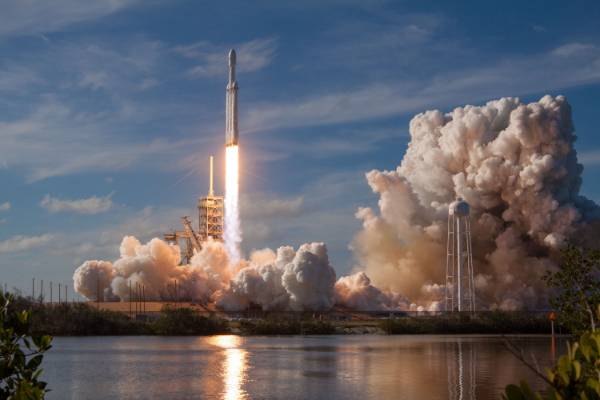
Space
Each of the above industry sectors can be divided into the four areas below, Click an area of interest to view its specific career pathways: